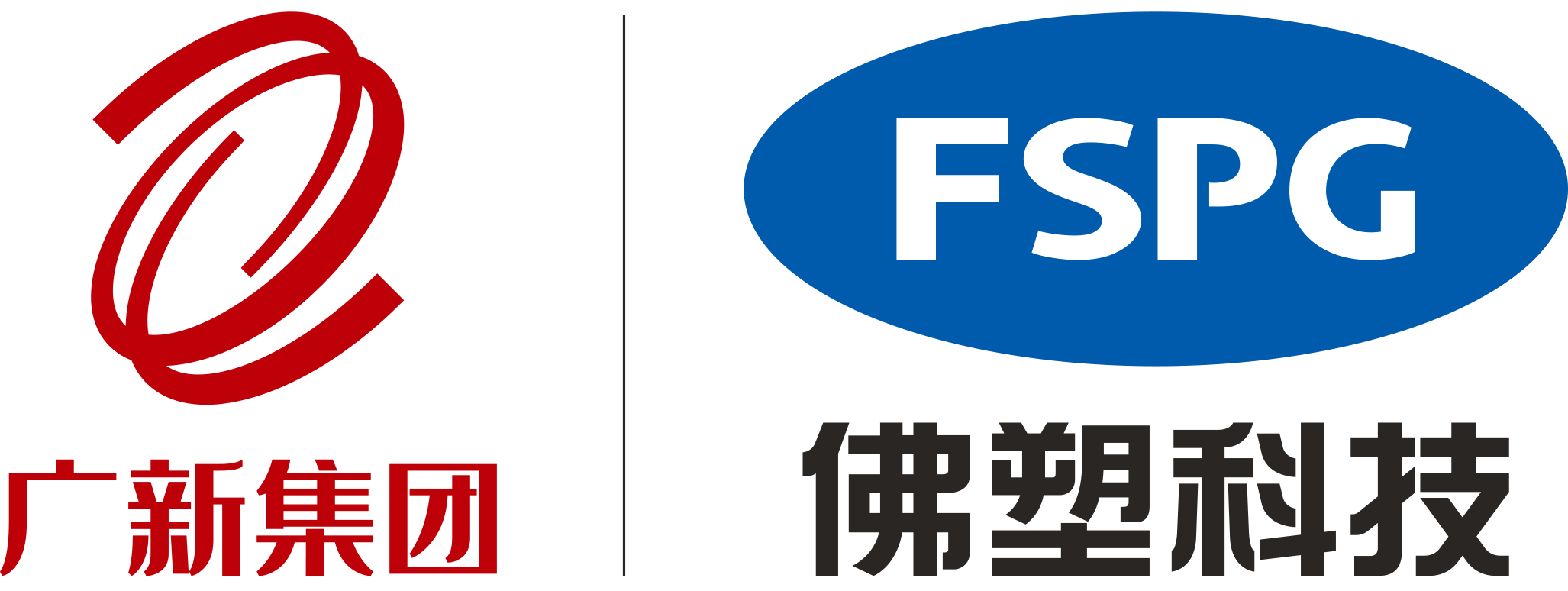Views: 0 Author: Site Editor Publish Time: 2024-08-06 Origin: www.fspgfilm.com








Biaxially Oriented Polypropylene (BOPP) film is a type of polypropylene film that has been stretched in both the machine direction (MD) and across the machine direction (AMD). This biaxial orientation process significantly enhances the film's strength, clarity, and barrier properties, making it an ideal material for various packaging and labeling applications. BOPP film is widely used in the food packaging industry, among others, due to its excellent moisture barrier properties, transparency, and printability.
The manufacturing process of BOPP film begins with the extrusion of polypropylene resin. The resin is melted and extruded through a flat die to form a thick sheet of polypropylene. This sheet is then cooled on a chill roll to form a solid film.
The solid film is then stretched in both the machine direction (MD) and the transverse direction (TD). This biaxial stretching process aligns the polymer chains in both directions, enhancing the film's mechanical and barrier properties. The film is first stretched in the machine direction using a series of heated rollers. It is then stretched in the transverse direction using a tenter frame, where the film is gripped at the edges and pulled apart.
After biaxial orientation, the film undergoes a heat-setting process to stabilize its dimensions and improve its thermal properties. The film is heated to a specific temperature and then cooled under tension to lock in the molecular orientation.
BOPP film exhibits excellent mechanical properties, including high tensile strength, impact resistance, and dimensional stability. The biaxial orientation process significantly enhances these properties, making BOPP film suitable for demanding packaging applications.
BOPP film provides excellent barrier properties against moisture, gases, and odors. This makes it an ideal material for food packaging, where maintaining product freshness and extending shelf life are critical.
BOPP film offers high clarity and gloss, making it suitable for applications where product visibility is important. The film's transparency allows consumers to see the product inside the packaging, enhancing its appeal.
BOPP film has good thermal stability and can withstand a wide range of temperatures. This makes it suitable for various packaging processes, including heat sealing and lamination.
BOPP film is resistant to many chemicals, including acids, alkalis, and solvents. This property makes it suitable for packaging applications that require resistance to chemical exposure.
One of the primary applications of BOPP film is in food packaging. The film's excellent barrier properties, clarity, and printability make it ideal for packaging snacks, confectionery, bakery products, and fresh produce. BOPP film helps maintain product freshness, extend shelf life, and enhance the visual appeal of the packaging.
BOPP film is widely used in the labeling industry due to its excellent printability and durability. The film can be easily printed with high-quality graphics and text, making it suitable for product labels, promotional labels, and barcode labels. BOPP labels are resistant to moisture, chemicals, and abrasion, ensuring that they remain intact and legible throughout the product's lifecycle.
BOPP film is also used in various industrial applications, including adhesive tapes, lamination, and insulation. The film's mechanical strength, chemical resistance, and thermal stability make it suitable for these demanding applications.
BOPP film is a cost-effective packaging material compared to other high-performance films. Its excellent properties and versatility make it a preferred choice for many packaging applications, providing good value for money.
BOPP film is recyclable and has a lower environmental impact compared to other plastic films. The film's lightweight nature reduces transportation costs and energy consumption, contributing to a lower carbon footprint.
BOPP film's versatility makes it suitable for a wide range of applications, from food packaging to industrial uses. The film can be easily customized with different coatings, treatments, and printing techniques to meet specific application requirements.
Despite its many advantages, BOPP film faces some challenges. One of the main challenges is its limited heat resistance, which can restrict its use in high-temperature applications. Additionally, the film's recyclability can be affected by the presence of coatings and adhesives, making it important to develop recycling-friendly formulations.
The future of BOPP film looks promising, with ongoing research and development focused on enhancing its properties and expanding its applications. Innovations in coating technologies, barrier enhancements, and sustainable formulations are expected to drive the growth of the BOPP film market. Additionally, the increasing demand for eco-friendly packaging solutions is likely to boost the adoption of recyclable and biodegradable BOPP films.
Biaxially Oriented Polypropylene (BOPP) film is a versatile and high-performance material widely used in packaging, labeling, and industrial applications. Its excellent mechanical, barrier, optical, and thermal properties make it an ideal choice for various demanding applications. As the demand for sustainable and cost-effective packaging solutions continues to grow, BOPP film is expected to play a significant role in meeting these needs. Ongoing innovations and advancements in BOPP film technology will further enhance its properties and expand its applications, ensuring its continued relevance in the packaging industry.
Home | Products | Green Product | Contact Us | Sitemap | Privacy Policy
